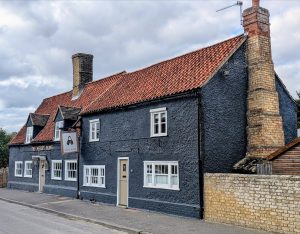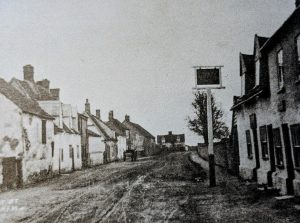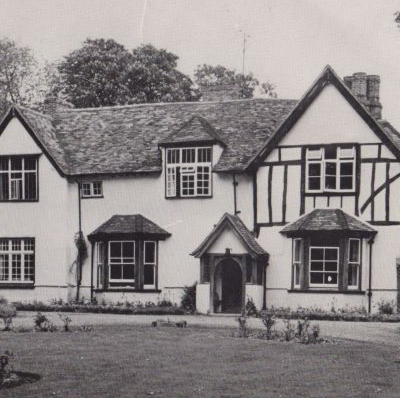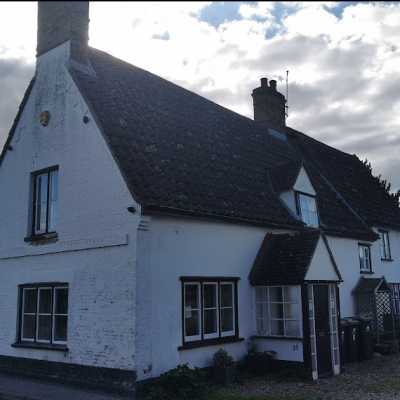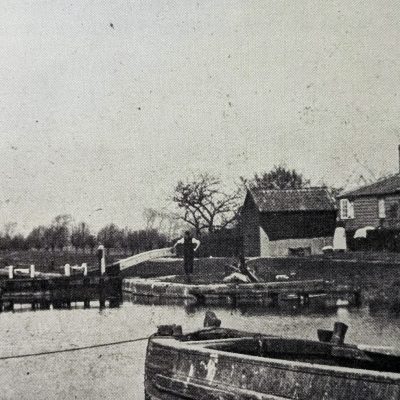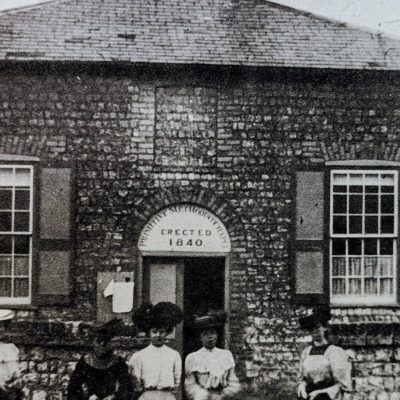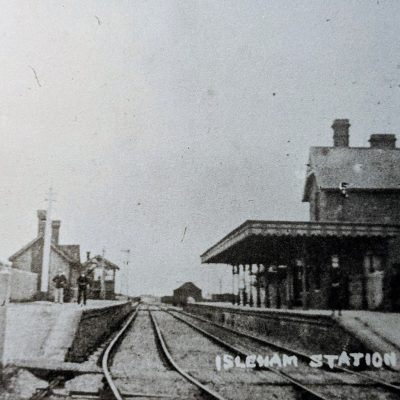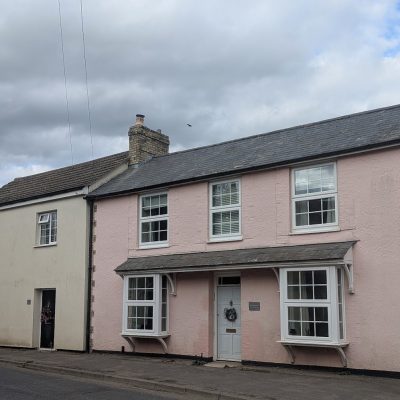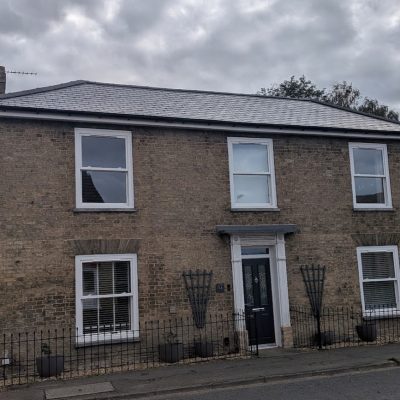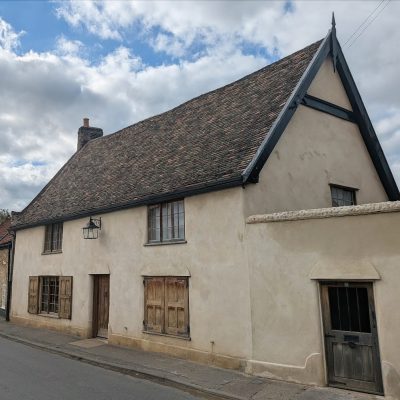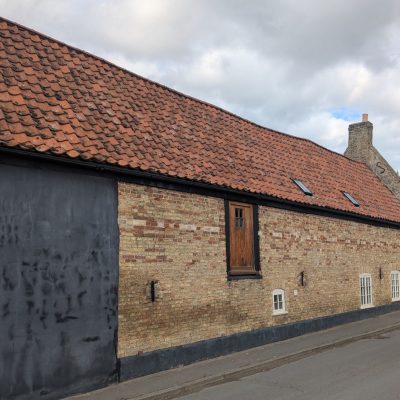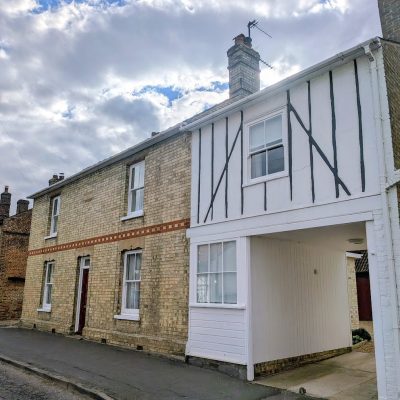Search by topic
- archaeology
- Building of Local Interest
- charity
- church
- crime
- dressmaker
- fire
- Great Eastern Railway
- Listed building
- Mapping Relief
- medieval
- oral history
- poverty
- Public House
- Rattee & Kett
- Religious House
- Roman
- scholar
- school
- Then and Now
- tudor
- women
- work
- world war one
- world war two
Search by text
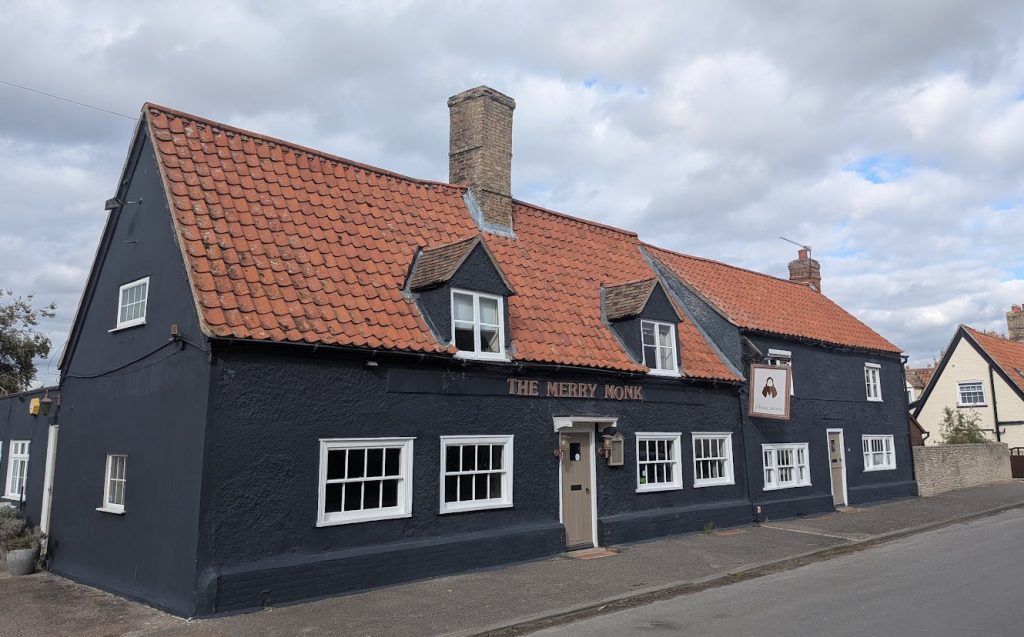 Red Lion, Isleham (RGL2025)
Red Lion, Isleham (RGL2025)Red Lion, Merry Monk, West Street, Isleham
History of the Red Lion
Listed Building
Cottage, C17 of lobby entry plan. Timber-framed, rendered with steeply pitched pantiled roof and original ridge stack of gault brick.
Now called the Merry Monk.
Arthur Houghton in Memories of Isleham Village notes the appearance of the pub had changed since he was a boy:
Today where you run into the car park it is quite different from when I was a boy. The entrance in the yard had two large doors and it was all covered in. At the back of the tap room there was a small room let in the earth about three to four feet down. The roof was covered in foliage to help keep it cool as this was where the beer was stored. My father told me a man named Mt Gunston and his father used to make ropes when they kept the Red Lion. They made these ropes with horsehair which they collected throughout the district. If a housewife bought one of these for a linen line, it would last a lifetime. This small industry died out about 1890. At the fron of the building today you will see there are four scrapers, one for every door, where they scraped their shoes before entering the house. In the middle of the house was a shop kept by Joe Collen who was also the landlord, who sold matches, cotton and spices. At the end was a large clubroom. It was used for clubs such as the Horse Club abd also Dick Robins held his horkey there.
1901 Red Lion
Charles Gunston, 63, publican farmer and rope maker, b Isleham
Mary, 63, grocer shopkeeper, b Isleham
Edward Human, nephew, 31, ag. lab., b Isleham
Sarah Lambert, niece, 21, servant, b Isleham
Contribute
Do you have any information about the people or places in this article? If so, then please let us know using the Contact page or by emailing capturingcambridge@
License
This work is licensed under CC BY-NC-SA 4.0





